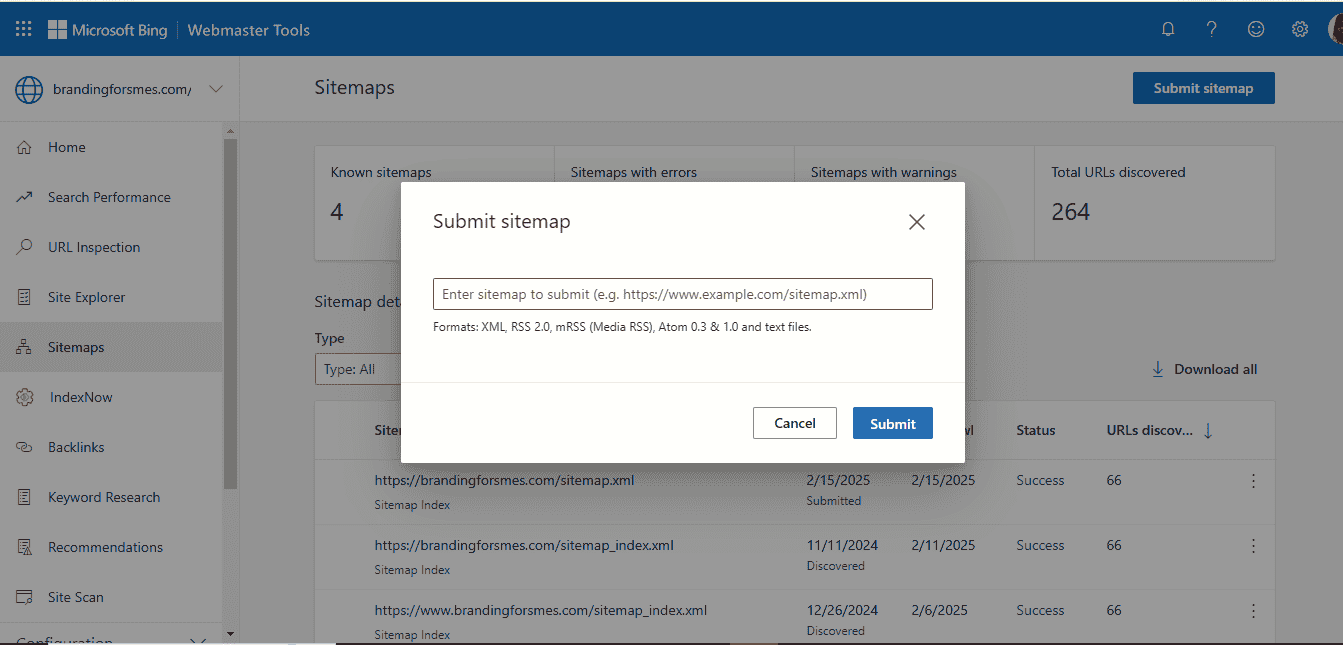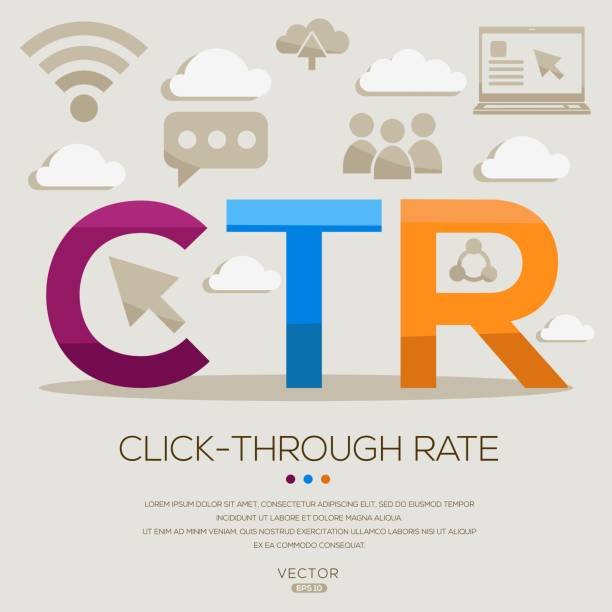The Step-by-step Guide to Ranking on Bing: Essential SEO Tips for Bloggers
Bing may not be as dominant as Google, but it still powers over 1 billion monthly searches and accounts for a significant percentage of organic traffic, especially in the United States and Europe. If you’re a blogger, optimizing for Bing can help you reach a new audience, increase visibility, and drive additional traffic to your website.
Unlike Google, Bing relies more on exact-match keywords, domain age, and social signals for ranking. This guide will take you step by step through the most important Bing SEO strategies to ensure your blog ranks well.
Step 1: Understand How Bing’s Algorithm Works

1.1 Bing vs. Google: Key Differences in Ranking Factors
Bing and Google have different approaches to SEO. To rank on Bing, you must optimize for its unique ranking factors.
🔹 Exact-match keywords matter more than in Google SEO.
🔹 Domain age plays a significant role—older domains have an advantage.
🔹 Social media presence directly impacts rankings.
🔹 Backlink quantity matters more than link diversity.
🔹 Multimedia content (videos, images, and rich media) is highly favored.
1.2 How Bing Ranks Content: Key Factors
Bing uses several ranking signals that bloggers should optimize for:
✅ Page Authority & Domain Age – Older, well-established domains rank higher.
✅ Keyword Optimization – Bing prefers exact-match keywords in titles and content.
✅ Social Media Presence – Bing values Facebook, Twitter, and LinkedIn engagement.
✅ Click-Through Rate (CTR) – Higher CTR improves rankings.
✅ Multimedia Elements – Images, videos, and rich media boost ranking potential.
Step 2: Keyword Research for Bing SEO
2.1 Use Bing’s Keyword Research Tool
Unlike Google, which heavily relies on intent-based searches, Bing still values exact-match keywords and traditional keyword optimization.

- Use Bing Webmaster Tools’ Keyword Research feature to find search terms.
- Look at related searches and Bing autosuggestions to find long-tail keywords.
- Include question-based queries—Bing favors conversational searches.
2.2 Prioritize Exact-Match Keywords
Since Bing doesn’t use AI-powered intent-matching as aggressively as Google, you should incorporate exact-match keywords naturally in:
- Title tags
- Headings (H1, H2, H3)
- URL structure
- Image alt texts
- Meta descriptions
Example:
🔹 Google-friendly: “Best SEO Strategies for Bloggers in 2025”
🔹 Bing-friendly: “SEO Strategies for Bloggers: Best Tips for 2025”
2.3 Optimize for Long-Tail and Voice Search Queries
Bing users often search using full sentences. To rank higher:
- Use question-based keywords (“How to rank on Bing in 2025?”)
- Optimize for voice search by including natural, conversational phrases.
- Use FAQ sections to answer common queries directly.
Step 3: On-Page SEO Optimization for Bing

3.1 Optimize Title Tags for Better Rankings
Bing favors straightforward, keyword-rich titles.
✅ Do: “The Ultimate Guide to Bing SEO: Tips for Bloggers”
❌ Don’t: “How to Improve Your Blog SEO in 2025” (too vague)
3.2 Write Keyword-Rich Meta Descriptions
Meta descriptions should include exact-match keywords and encourage clicks.
✅ Do: “Learn the best Bing SEO strategies for bloggers. Increase traffic, improve rankings, and optimize content for Bing search results.”
❌ Don’t: “Discover ways to rank better on search engines and improve your blog’s SEO.”
3.3 Use Header Tags Properly

Bing prioritizes well-structured content. To optimize:
- Use H1 for the main topic, followed by H2s and H3s for subsections.
- Include exact-match keywords in headers.
- Keep headers clear, concise, and informative.
Step 4: Create Bing-Friendly Blog Content
4.1 Write In-Depth, Well-Structured Articles
Bing prefers long-form, informative content. Aim for 1,500-3,000 words per post.
- Use short paragraphs (2-3 sentences max) to enhance readability.
- Add bullet points, numbered lists, and tables to improve engagement.
- Ensure content is easy to scan—Bing users tend to skim.
4.2 Include Multimedia for Higher Rankings
Bing ranks pages with rich media (images, videos, and infographics) higher.
- Embed at least one video per post (Bing prioritizes video content).
- Use high-quality images with relevant alt text and filenames.
- Optimize image file sizes for fast loading.
4.3 Maintain Proper Keyword Density
While keyword stuffing hurts rankings, strategic placement is essential:
✅ Use primary keywords in:
- First 100 words
- At least one subheading
- Naturally throughout the article
Step 5: Improve Technical SEO for Bing

5.1 Ensure Bing Can Crawl and Index Your Site
Bing uses Bingbot to crawl websites. Check your robots.txt file to ensure:
✅ Allow Bingbot to access your site
✅ Submit an XML sitemap to Bing Webmaster Tools
✅ Fix broken links and crawl errors
5.2 Prioritize Fast Page Speed
Bing ranks fast-loading pages higher. Improve speed by:
- Compressing images and videos
- Using lazy loading
- Minimizing redirect chains
- Enabling browser caching
5.3 Optimize for Mobile SEO
Bing follows a mobile-first approach similar to Google. Ensure your blog is:
- Fully responsive on all devices
- Easy to navigate with clickable elements
- Fast-loading on mobile networks
Step 6: Build a Strong Backlink Profile for Bing

6.1 Focus on Quality Over Quantity
Bing prioritizes authoritative backlinks from established domains.
✅ Best link sources:
- Government (.gov) and educational (.edu) sites
- High-quality blogs and industry websites
- News sources and press mentions
6.2 Use Internal Linking for SEO Boost
Bing values strong site structure. Improve it by:
- Linking to related blog posts
- Keeping anchor text descriptive
- Ensuring pages are no more than 3 clicks from the homepage
Step 7: Leverage Social Media for Bing SEO

Unlike Google, Bing considers social signals a direct ranking factor.
7.1 Engage on Social Media Platforms
✅ Boost rankings by actively posting on:
7.2 Encourage Social Shares
Bing ranks content with high engagement better. To increase shares:
- Add social share buttons to blog posts.
- Post engaging snippets with links back to your blog.
- Interact with followers and encourage discussions.
Step 8: Monitor Performance with Bing Webmaster Tools
8.1 Submit Your Site to Bing Webmaster Tools
This is crucial for tracking performance and resolving issues.
- Verify your site ownership.
- Submit your XML sitemap.
- Check for indexing errors and broken links.
8.2 Analyze Click-Through Rate (CTR) & Traffic Data

Track how users engage with your content and make adjustments based on:
✅ Top-performing pages
✅ Bounce rates
✅ Traffic sources
Final Thoughts: Mastering Bing SEO for Long-Term Success
Optimizing for Bing requires a different approach than Google, focusing on exact-match keywords, multimedia content, social signals, and backlink quality. By implementing structured on-page SEO, technical optimizations, and leveraging social media, you can boost your blog’s visibility and attract a steady stream of traffic from Bing.
🚀 Start optimizing today and watch your rankings soar on Bing!







